- Home
- Luoghi da visitare
- Villaggi in Scozia
- 12 villaggi storici imperdibili in Scozia
12 villaggi storici imperdibili in Scozia
Ci chiedono spesso quali siano i villaggi storici della Scozia più belli in assoluto. Non è affatto facile sceglierne solo alcuni, se si considera che la Scozia ha così tanti villaggi rinomati per la loro storia, oltre alle sue numerose perle nascoste. Comunque, accettiamo la sfida e ti presentiamo un pratico elenco di alcune delle più affascinanti villaggi storici del Paese.
- 1
Dunkeld Perthshire
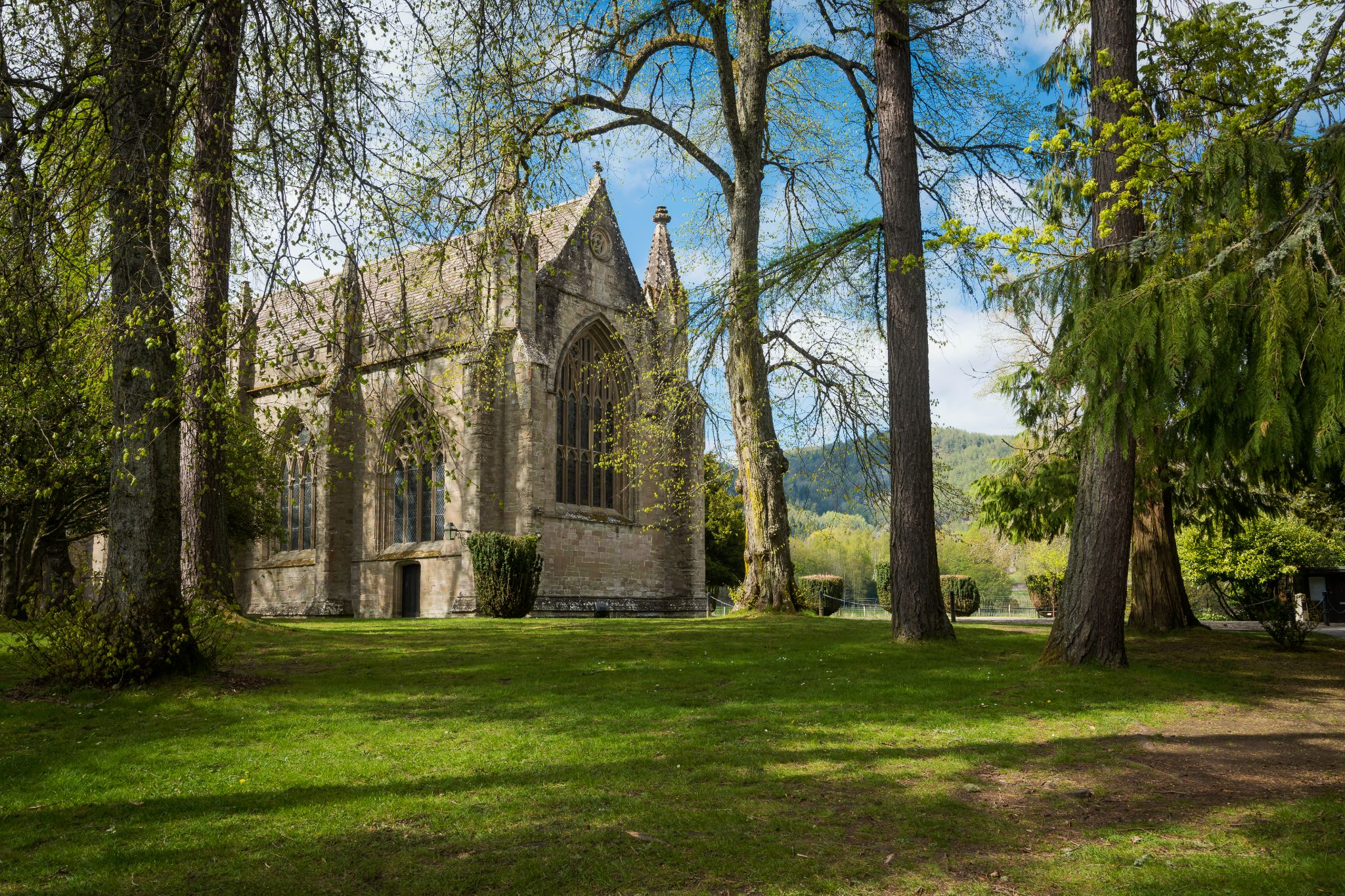
La cattedrale di Dunkeld, Perthshire
© VisitScotland / Kenny Lam
Ufficialmente classificata come una cittadina, questa perla nel Perthshire situata sulle rive del fiume Tay, mantiene la tipica atmosfera da “villaggio”. Grazie alla presenza sia di una cattedrale che dei resti di un antico bosco ritratto anche nel Macbeth di Shakespeare, questo luogo ha attratto artisti, scrittori e persino reali, affascinati dal ricco patrimonio della cittadina, dalle bellezze naturali, dalla pesca al salmone e dalle connessioni con il bardo anglosassone.
Ammirate le case splendidamente restaurate durante una passeggiata lungo Cathedral Street e intorno a The Mercat Cross, poi cammina sul Dunkeld Bridge fino alla Birnam Oak. Che ne dici di un tour storico sui fantasmi?
- 2
Arbroath Angus
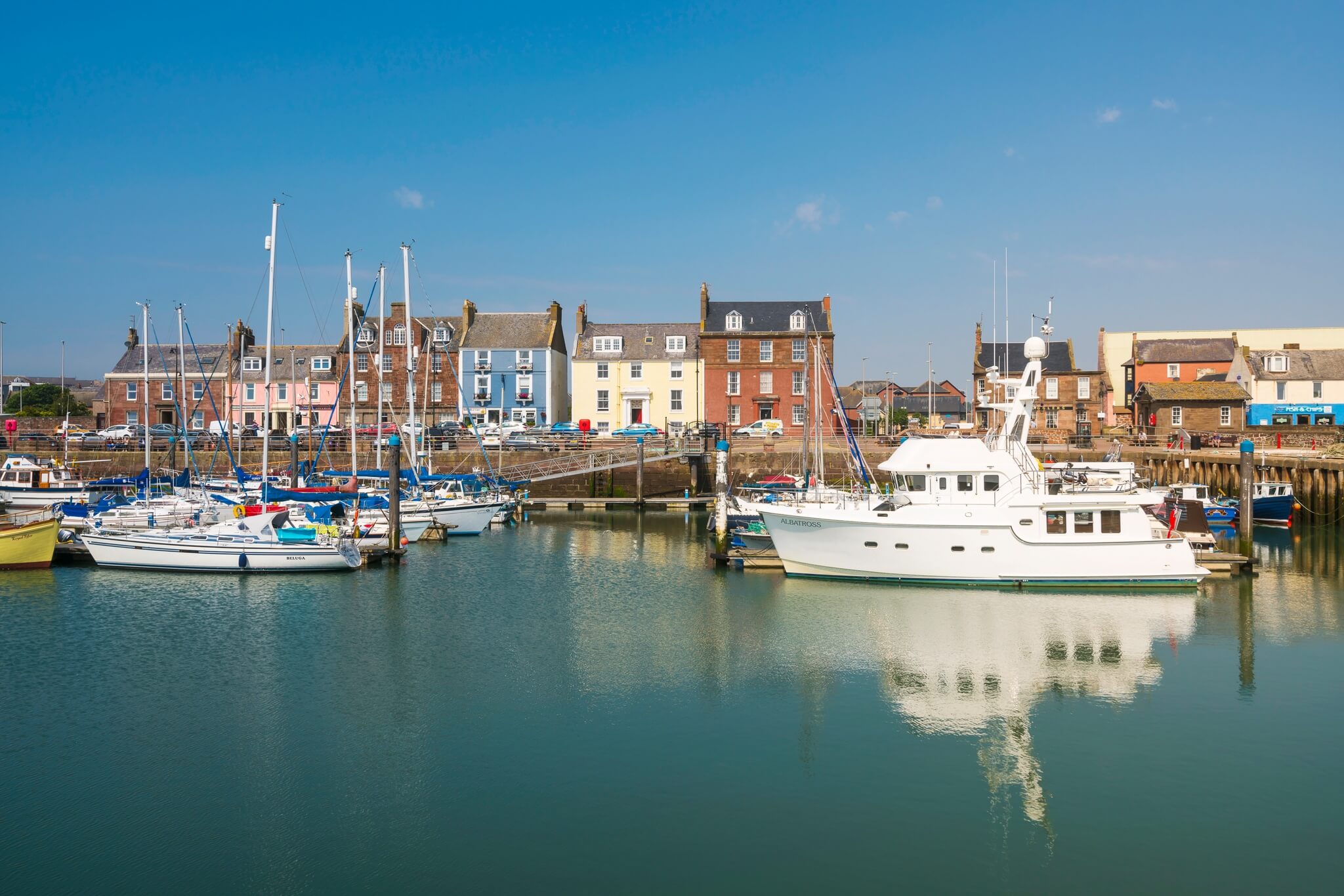
Porto di Arbroath, Angus
La Dichiarazione di Arbroath è un documento importante nella storia del Paese in quanto dichiara la Scozia uno Stato sovrano indipendente. Il suo nome deriva dall’abbazia in cui fu redatta nel 1320. Le rovine in pietra arenaria rossa dell'Abbazia di Arbroath, con la sua caratteristica finestra tonda nota come “Round O”, sono l’attrazione principale della città; tuttavia, c’è molto altro da vedere.
Passeggia per il grazioso porto, esplora il Signal Tower Museum di epoca georgiana e assaggia un “Arbroath smokie”, vale a dire un delizioso eglefino affumicato, che è una prelibatezza locale.
- 3
Pittenweem Fife
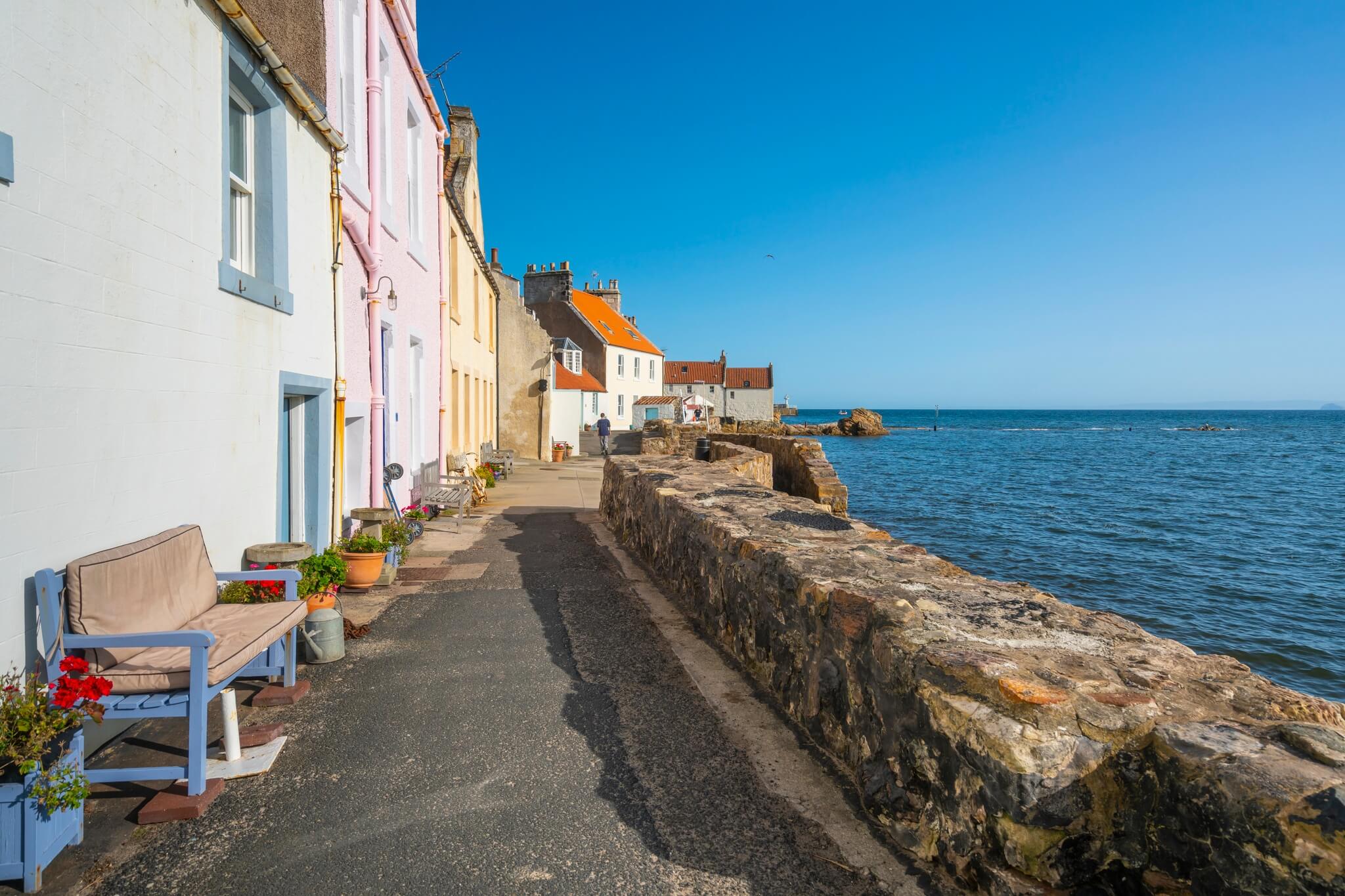
Cottage a Pittenweem
© VisitScotland / Kenny Lam
La graziosa cittadina peschereccia di Pittenweem é ancora oggi uno dei luoghi più incontaminati della Scozia. Situata sulla costa orientale nell’East Neuk of Fife, si dice che il suo nome derivi dall’antica lingua dei Pitti e significhi “luogo delle grotte”. Nel corso dei secoli divenne un grande porto commerciale per le navi che trasportavano carichi provenienti dai Paesi Bassi e nel 1541 Giacomo V ne riconobbe l’importanza concedendo a Pittenweem lo status di borgo reale.
Ammira i graziosi edifici che mostrano ancora tracce di influenza europea nei numerosi dettagli architettonici in bianco e rosso e negli incantevoli timpani a gradini che ricordano l’Olanda e il Belgio.
- 4
Fort Augustus Highlands
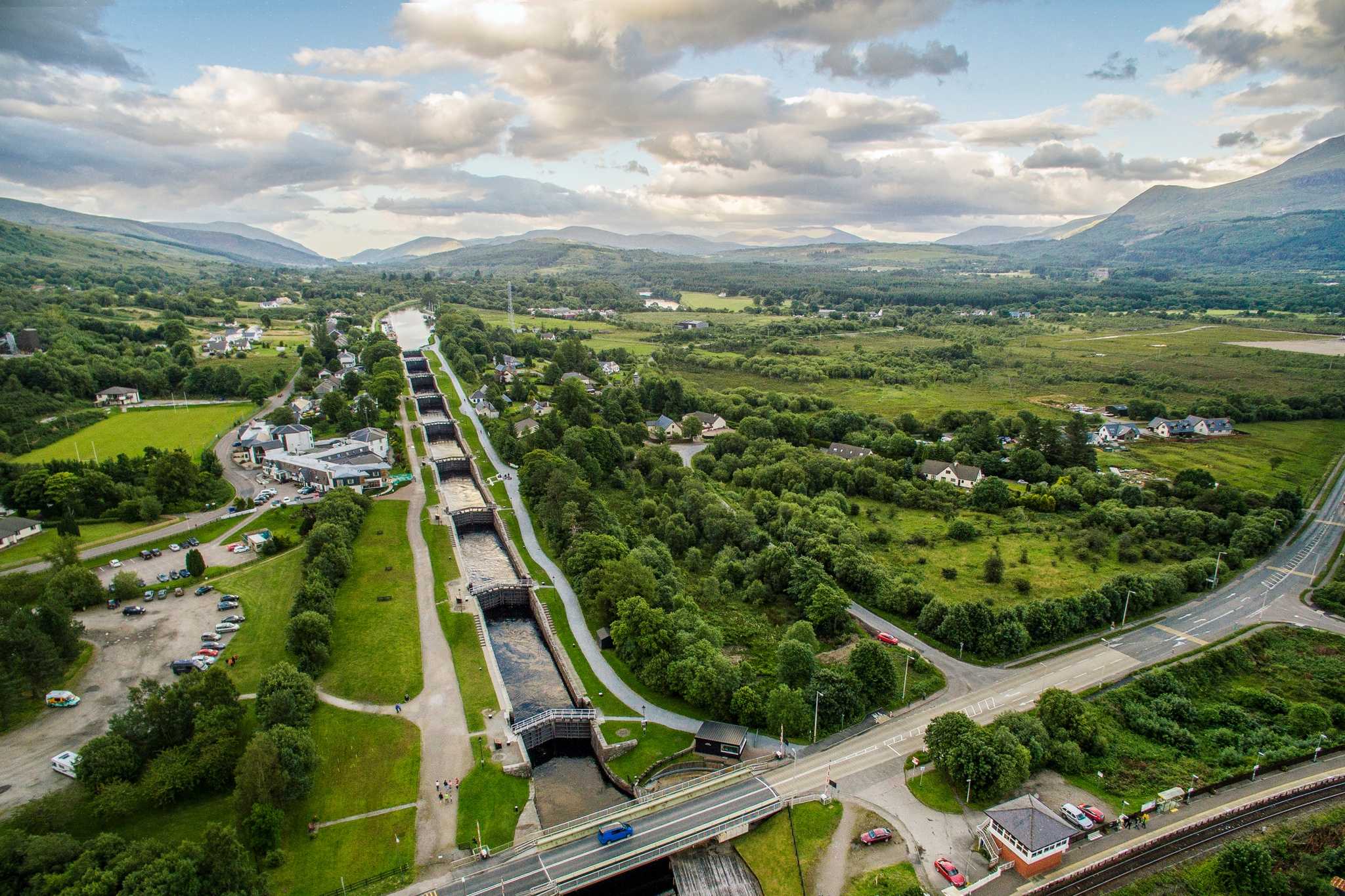
Il Canale di Caledonia, Fort William
© VisitScotland / Airborne Lens
Fort Augustus è un luogo ricco di storia e di paesaggi che lo rendono una tappa popolare per i visitatori dell'area di Loch Ness. Una visita al vicino Castello di Urquhart è d'obbligo, mentre gli escursionisti e i ciclisti dovrebbero visitare la Great Glen Way che attraversa la cittadina. Gli appassionati di storia apprezzeranno una visita al Caledonian Canal Centre del paese, dove è possibile scoprire di più su questo ambizioso progetto ingegneristico del XIX secolo.
Il canale fu costruito per fornire un passaggio sicuro alle navi, evitando la rotta più pericolosa intorno al nord della Scozia. La sua costruzione fornì anche posizioni di lavoro vitali dopo la liberazione delle Highlands. Recati a Fort Augustus per scoprire di più su questa parte di storia scozzese meno conosciuta.
- 5
Wigtown Dumfries & Galloway
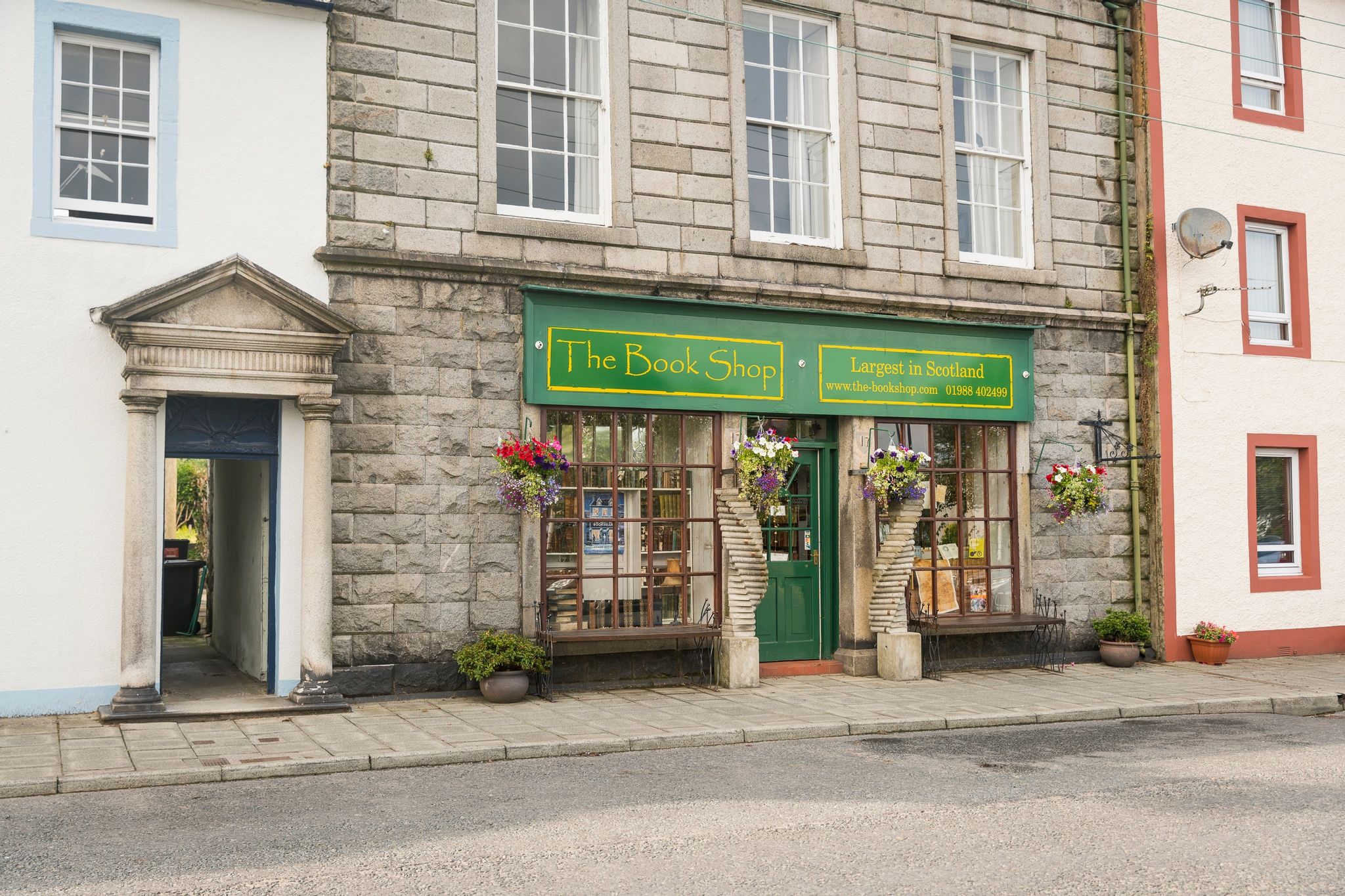
The Bookshop a Wigtown, Dumfries & Galloway
Wigtown è la cittadina nazionale scozzese del libro e ospita una serie di librerie indipendenti e un festival annuale del libro. Il Wigtown Book Festival è uno degli eventi letterari più amati del Regno Unito, con un festival di dieci giorni oltre a un programma annuale di eventi nella zona.
Vicino a Wigtown si trova il Martyrs' Stake, che segna il punto in cui due donne covenanters furono tristemente annegate nel maggio 1685. Una passeggiata segnalata attraverso la città ti condurrà al County Buildings, che un tempo era l'aula del tribunale locale e oggi ospita la biblioteca cittadina e i resti di una cella della prigione del XVIII secolo. La passeggiata offre una vista sulla baia di Wigtown e sulle colline di Galloway.
- 6
Inveraray Argyll & Bute
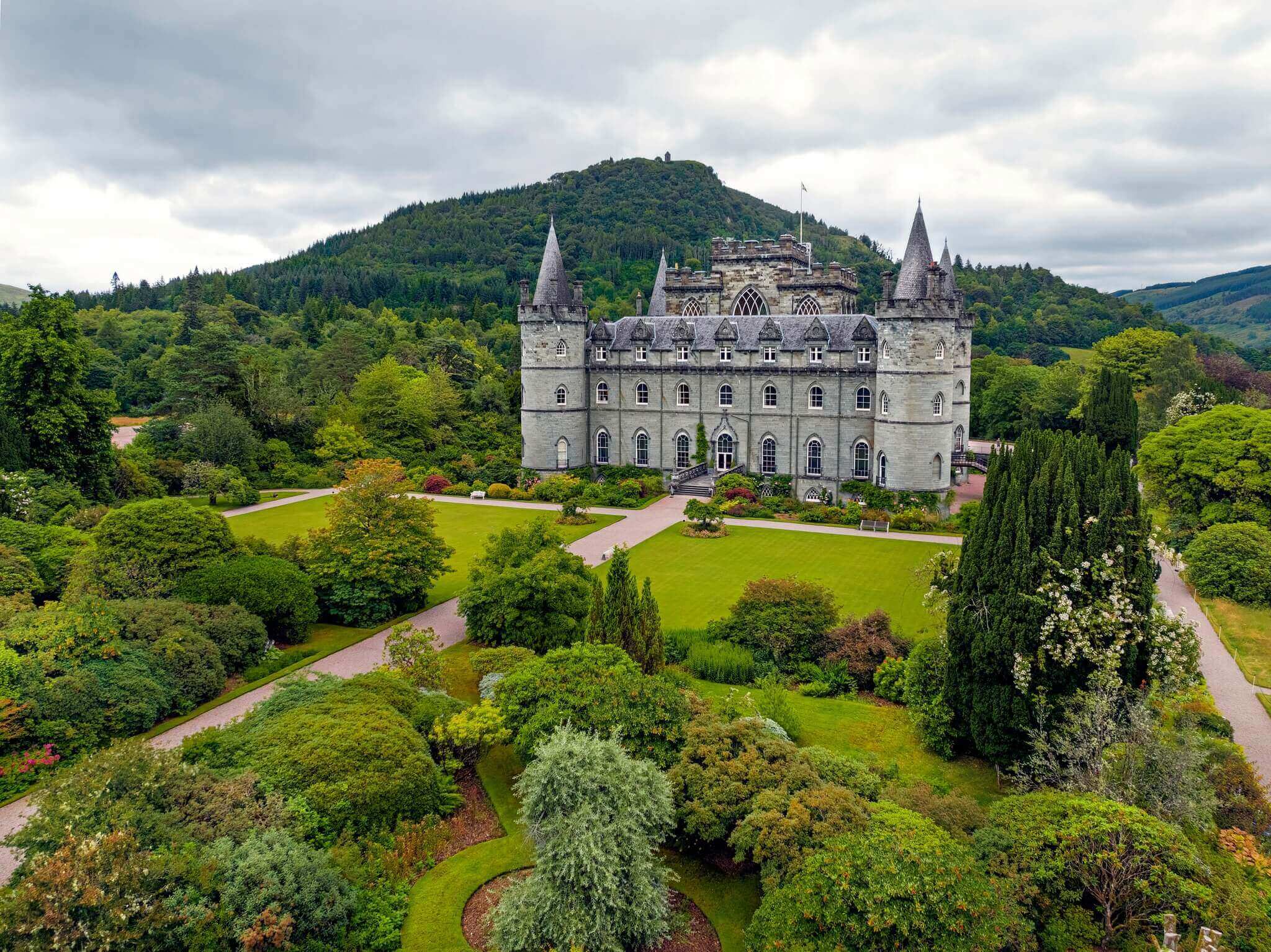
Castello di Inveraray, Argyll
© VisitScotland / Stuart Brunton
Situata sulle rive del Loch Fyne, Inveraray è una tipica “città progettata”, eretta con piano urbanistico del Duca di Argyll nel XVIII secolo. Di conseguenza, Inveraray possiede una maestosità che la rende unica tra le piccole città storiche della Scozia. La Front Street e il porto della città sono molto belli, mentre il carcere georgiano Inveraray Jail è oggi un intrigante museo.
Altri monumenti degni di nota sono la All Saints Church, la Duke's Tower, alta 38 metri e visitabile fino in cima, e la Inveraray Cross del porto, un pilastro in pietra intagliato risalente al XII o XIII secolo.
- 7
Dunvegan Skye
Castello di Dunvegan, Isola di Skye
La cittadina di Dunvegan, sulla costa occidentale dell'Isola di Skye, è nota soprattutto per il Castello di Dunvegan. Il castello si erge su uno sperone roccioso, incastonato tra il mare e diversi ettari di giardini ben curati. È stato la sede del Clan MacLeod fin dal XIII secolo, ma l'attuale fortezza risale al 1840.
Generazioni di MacLeod hanno vissuto qui negli ultimi 800 anni e il castello ha subito secoli di costruzioni, demolizioni e ricostruzioni che gli conferiscono una ricca storia architettonica.
- 8
Falkland Fife
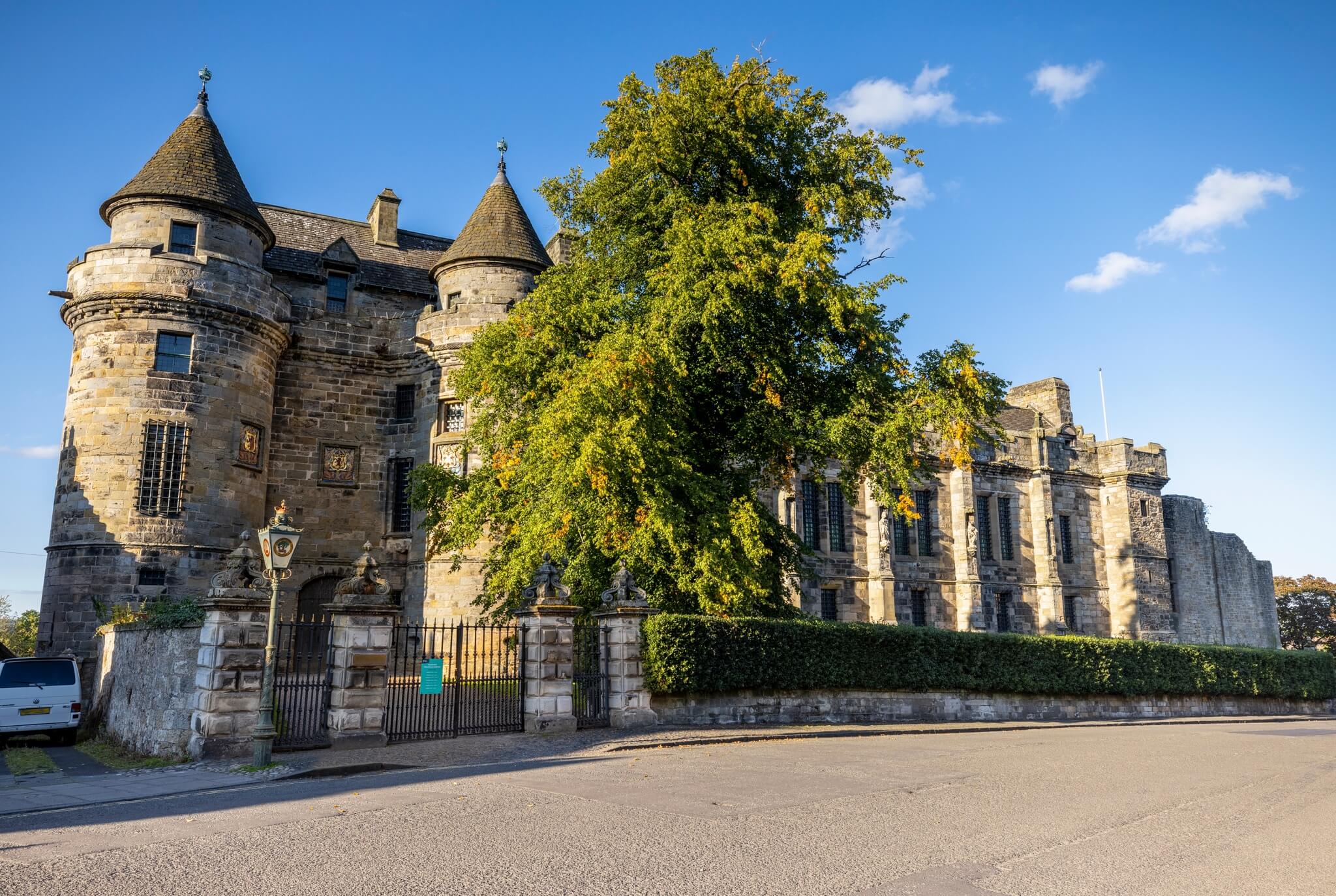
Palazzo di Falkland e giardini, Fife
La pittoresca cittadina di Falkland, nel Fife, ospita il Palazzo di Falkland. Questa dimora reale era un tempo la residenza di campagna dei re e delle regine Stewart mentre cacciavano cervi e cinghiali nelle foreste del Fife. Costruito tra il 1501 e il 1541 da Giacomo IV e Giacomo V, il palazzo vanta un'architettura tra le più eccezionali dell'epoca in Gran Bretagna. Rimarrai stupito dagli arazzi! Il palazzo ospita anche uno degli unici due campi da tennis del XVI secolo in Gran Bretagna.
Se sei fan di Outlander, potresti riconoscere Falkland, utilizzato per rappresentare Inverness nella serie televisiva di successo.
- 9
Scalloway Shetland
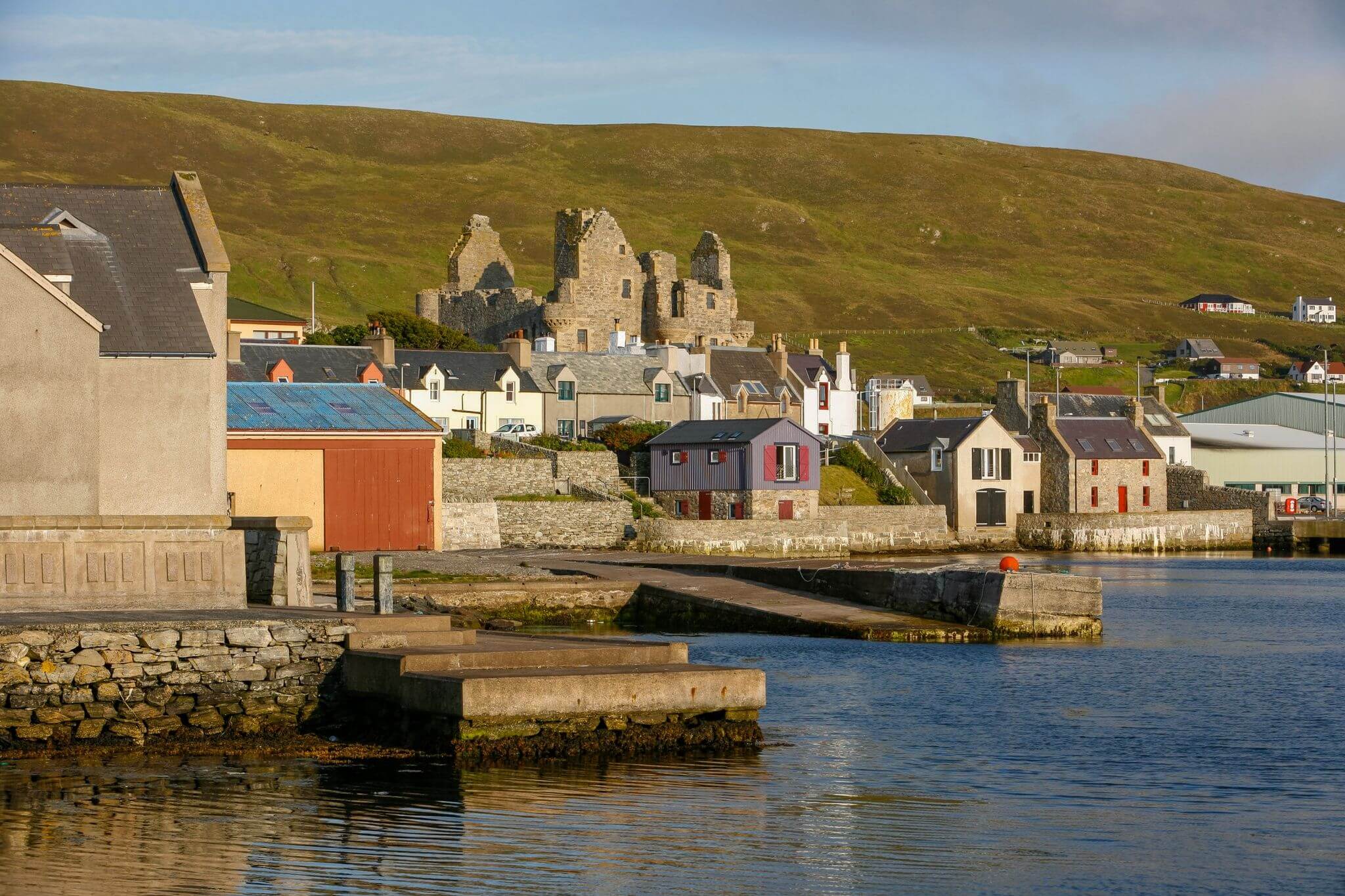
Scalloway e Castello di Scalloway, Shetland
© VisitScotland / Paul Tomkins
Scalloway era un tempo la capitale delle Isole Shetland e vanta un'affascinante storia marittima. La città è costruita intorno a un grande porto naturale, quindi ci sono molti collegamenti con il mare. In tempo di guerra la cittadina era una base operativa per il trasporto di truppe e armi verso l'Europa continentale.
La città ospita l'antico Castello di Scalloway, completato nel 1600, che fu la residenza del Conte Patrick, uno dei più noti criminali scozzesi. Una visita alle Isole Shetland è un'occasione per esplorare affascinanti siti storici e naturali come questo.
- 10
Aberfeldy Perthshire
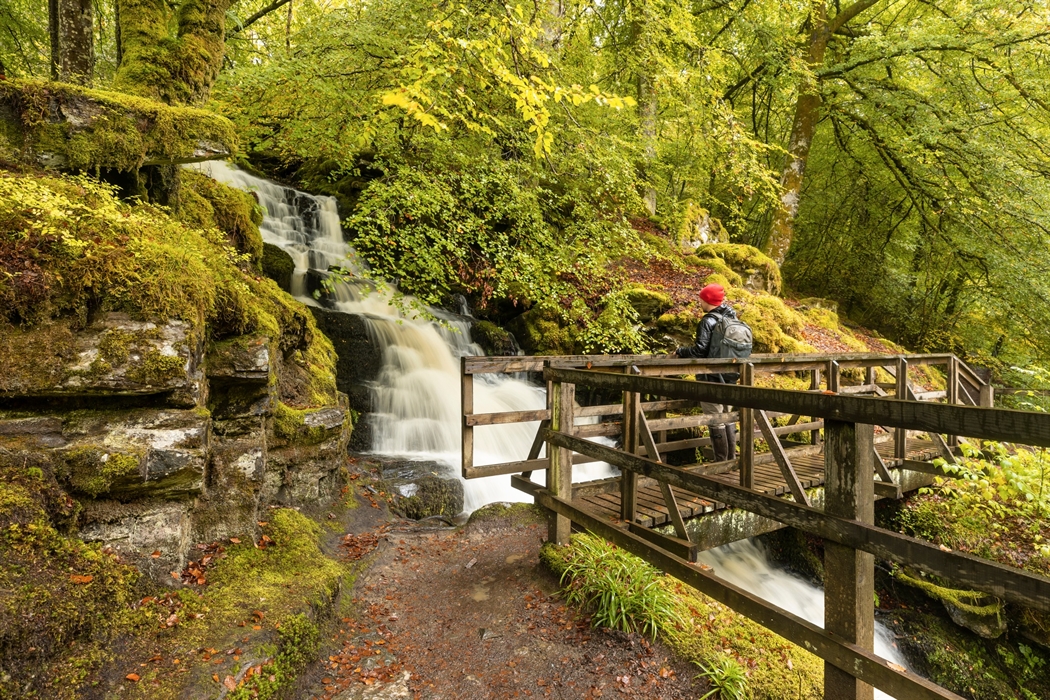
The Birks of Aberfeldy is a circular walk through mature mixed woodland on the western outskirts of Aberfeldy. The Birks of Aberfeldy were named after
© VisitScotland / Kenny Lam
Questa cittadina del Perthshire è situata sul fiume più lungo della Scozia, il Tay. Circondata da boschi secolari, Aberfeldy ospita le Birks of Aberfeldy, rese famose dal nostro bardo nazionale Robert Burns. Burns scrisse una poesia sui Birks nel 1787 e si possono seguire i sentieri per 3 km fino alle cascate di Moness, da cui si gode di una vista spettacolare.
La cittadina ospita anche la distilleria Dewar's Aberfeldy, aperta tutto l'anno. Perché non fare un salto per fare un tour e bere un bicchierino? Vale la pena di visitare la mostra sul patrimonio culturale, dove è possibile saperne di più su John Dewar & Sons. È inoltre possibile vivere l'esperienza unica dell'Aberfeldy Watermill, una libreria, un caffè e una galleria ospitati in un ex mulino ad acqua tutelato. Anche il vicino Castello Menzies merita una visita!
- 11
Rothesay Bute
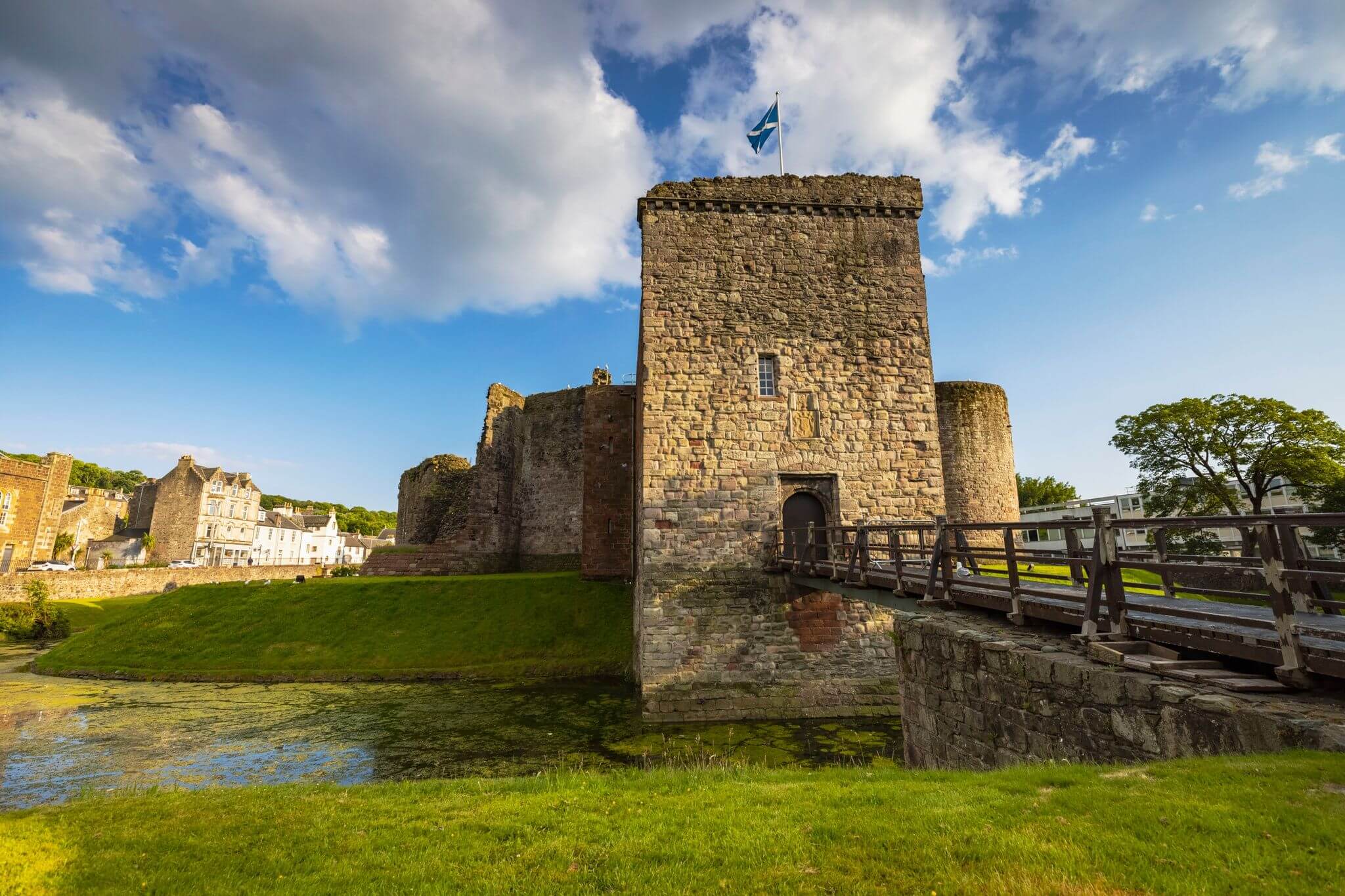
Castello di Rothesay, Isola di Bute
© VisitScotland / Kenny Lam
La località balneare di Rothesay è la città principale dell'Isola di Bute. La cittadina ha un'atmosfera tradizionale con molti segni del suo retaggio vittoriano, tra cui una splendida facciata vittoriana che culla la romantica baia di Rothesay. Il rinnovato Isle of Bute Discovery Centre domina il litorale tra una serie di splendidi giardini a spianata. Questa struttura circolare in ghisa e vetro, unica nel suo genere, risalente agli anni Venti, ospita un cinema, un teatro e numerose esposizioni interattive, oltre a mostrare il meglio di Bute.
I visitatori possono anche esplorare l'imponente Castello di Rothesay, le sue segrete, le spesse mura esterne e la grande sala, ora completamente restaurate. Alle sue spalle si trova anche l'affascinante Bute Museum.
- 12
Helmsdale Sutherland
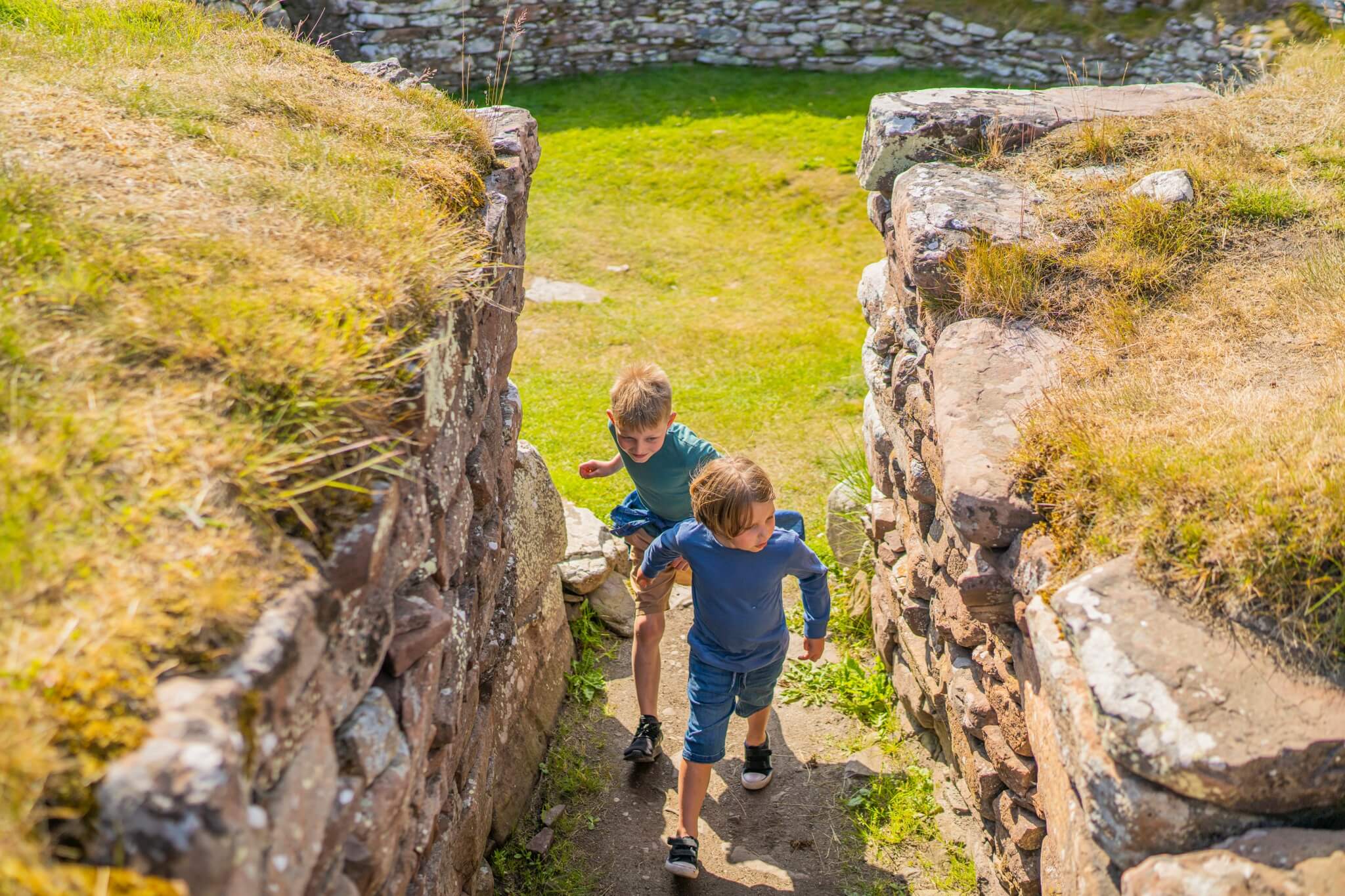
Cairn Liath broch vicino a Brora, Highlands
© VisitScotland / Luigi Di Pasquale
Oggi Helmsdale è sinonimo di pesca al salmone, ma in origine la cittadina e il suo pittoresco porto prosperavano grazie al boom delle aringhe del XIX secolo. Il Timespan Heritage Centre si avvale di una premiata combinazione di esposizioni a grandezza naturale e mostre audiovisive per raccontare la storia della zona dai tempi passati.
Da Helmsdale, un breve tragitto in auto lungo lo Strath of Kildonan ti porterà a Baille an Or e Suisgill, luoghi della "grande corsa all'oro dello Sutherland" del 1869. I primi ritrovamenti furono opera di Robert Gilchrist, un uomo del posto tornato a casa dopo 17 anni trascorsi nei giacimenti d'oro australiani. Il suo successo portò altri ad accorrere a Kildonan e presto si formò una baraccopoli di centinaia di cercatori. Nel giro di un anno la corsa all'oro finì, ma ancora oggi se ne trovano piccole quantità.
Trova esperienze
Per visualizzare questo modulo di ricerca prodotti è necessario abilitare Javascript. Puoi attivarlo nelle impostazioni del tuo browser.
Altre cose che ti potrebbero interessare
Attrazioni storiche in Scozia
La North Coast 500

Città della Scozia
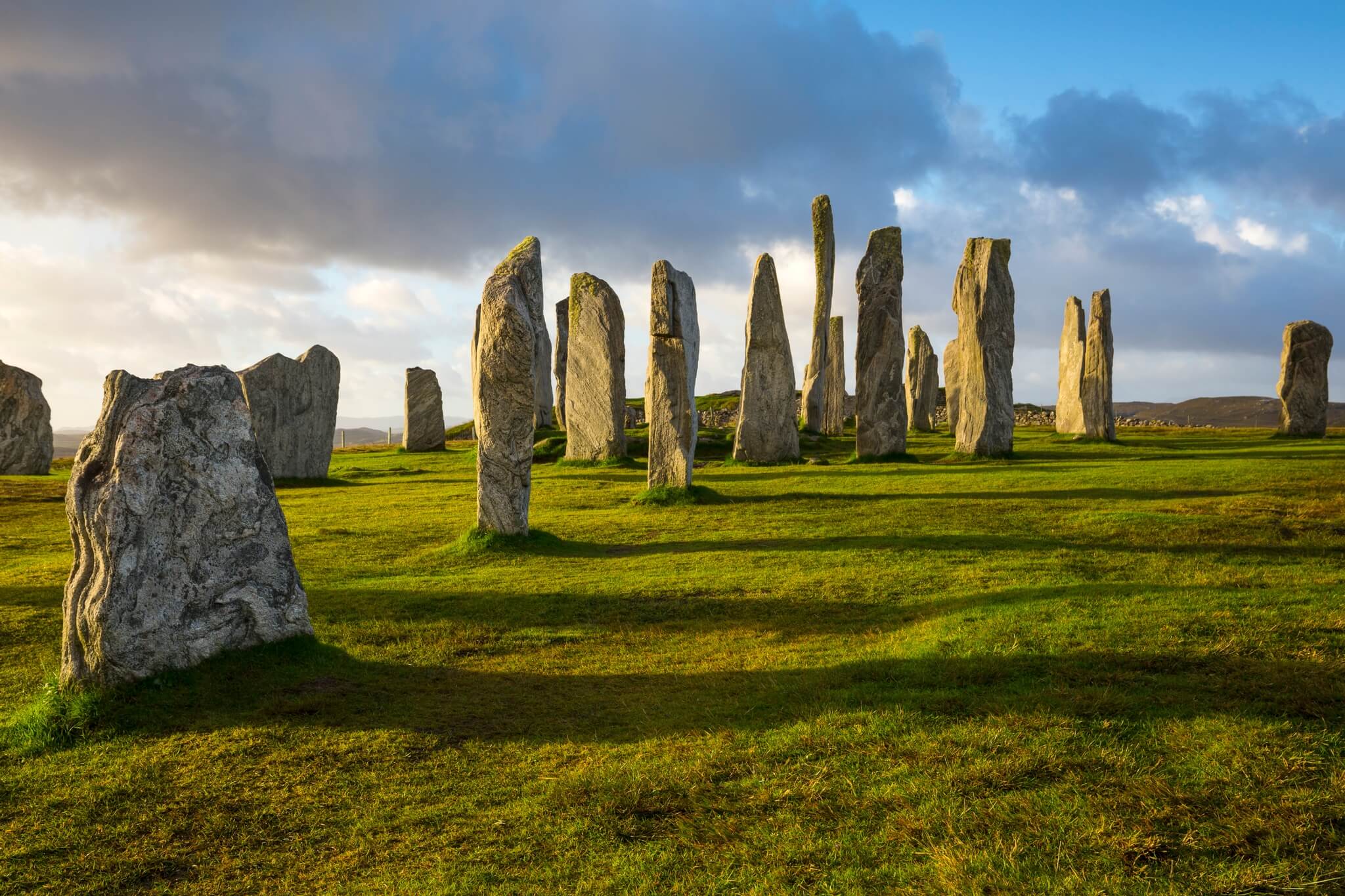
Circoli megalitici e Menhir

Passeggiate in Scozia: i migliori sentieri escursionistici
Scopri le gemme nascoste della Scozia
Unisciti al nostro Clan della Newsletter
Ricevi ispirazione per la Scozia direttamente nella tua casella di posta. Non perderti le informazioni dei nostri esperti scozzesi su idee di viaggio entusiasmanti, attrazioni uniche e gemme nascoste amate dai locali.
